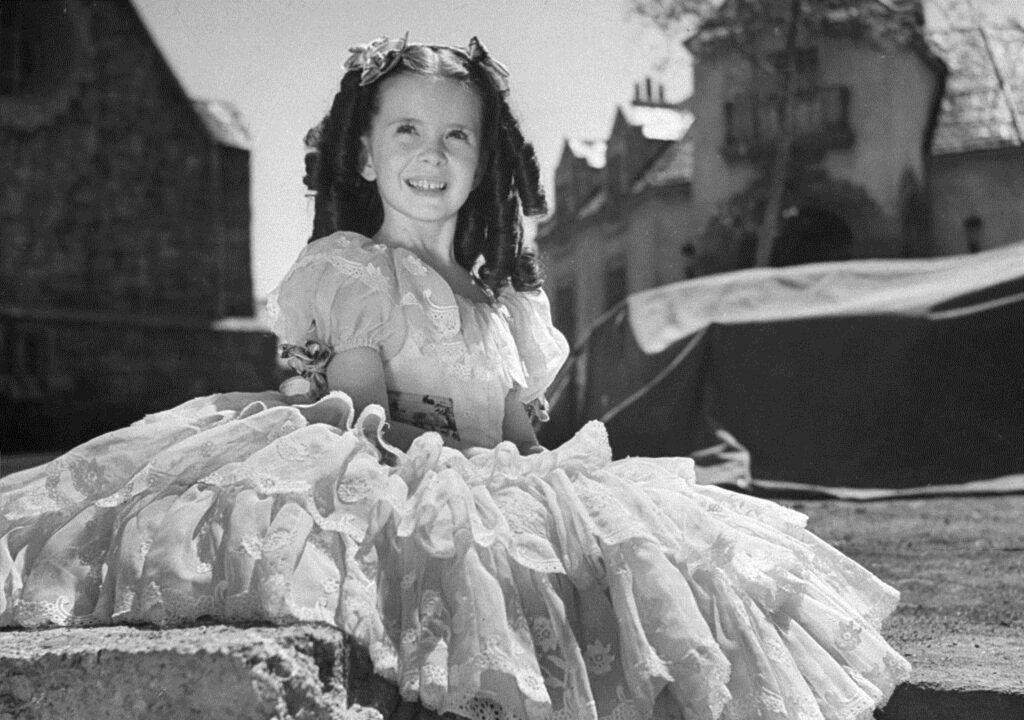Commentary
It seems like every biography, documentary, and article about Hollywood history explores the dark side of celebrities, the studio system, and the film industry at large. In fact, this focus on the sordid rumors, scandals, and lore is so common that they are no longer shocking; they’ve become the norm! It’s far more shocking when you hear a story about the entertainment industry which doesn’t revel in its dark side.





